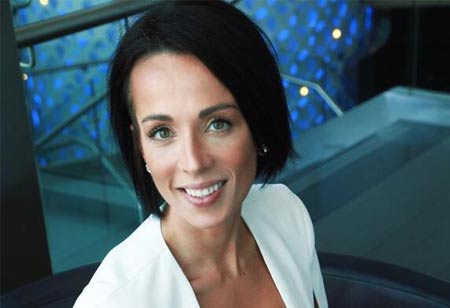Thank you for Subscribing to Healthcare Business Review Weekly Brief

Looking Beyond the Current State of Sleep Medicine: Sleep as a Diagnostic, prognostic and therapeutic strategy across Medicine for More Optimal Outcomes
Healthcare Business Review
We are sleeping on the opportunity to transform healthcare and achieve the value-based outcomes everyone is talking about but failing to achieve. Yes, the play on words is completely intended, both to emphasize the missed opportunity and to illustrate how many continue to view sleep as a non-contributory temporary escape from the day and not the dynamic homeostatic biomarker and tool that it is. The sleep-when-I-am-dead mentality that continues to be embraced in healthcare will only help accelerate getting to that eternal resting place much sooner.
To appreciate the current state and future opportunities for sleep as a tool, a brief review of the history highlights the barriers, opportunities, and needs. Records depicting sleep’s relevance to human health date back to Hippocrates, who identified sleep as one of the six prerequisites for health around 400 BC; however, robust scientific study only developed in the mid-20th century. In 1989, the role of sleep in health and wellness was further clarified. One theory suggested "core" and "optional" sleep, indicating we could “get away with less sleep.” A myth that continues to plague us. In parallel, Rechtschaffen definitively illustrated the biological need for sleep with a series of sleep deprivation studies in animals, resulting in temperature instability, metabolic derangement, susceptibility to illness, overwhelming sepsis, and death.
With this stated, sleep medicine as a medical discipline in the United States is young, with the initial accreditation of sleep centers, first board certification and formalized sleep training within the past 50 years. The International Classification of Sleep Disorders characterizes over 70 sleep-wake disorders (SWD), and an explosion of research illustrates the pivotal role of sleep across every organ system and contributing to all ten leading causes of death in the US. The Nobel Prize was awarded to Jeffrey C. Hall, Michael Rosbash, and Michael W. Young in 2017 for their discovery and molecular characterization of clock genes, which led to an understanding of the circadian expression of every existing cellular function. Despite this, medicine has been slow to incorporate sleep as a tool for optimizing patient care.
In 2022, the American Heart Association has finally taken the lead in declaring sleep’s critical importance in cardiovascular health by changing “Life’s Simple 7” to “Life’s Essential 8”, adding sleep as a modifiable risk factor for CV disease. Is this too little too late? The CDC declared SWD in the US as a major public health crisis in 2014, and at that time, it was estimated that 1 in 5 adults had a SWD. Now, about 33-50% of adults and youth are affected by a SWD, with a cost of almost $100 billion dollars a year to US health care and a growing impact on medical complexity and outcomes.
What is the path forward? Abandon the idea of diagnosing SWD as comorbidity and adopt its use as a modifiable biomarker of health. Duration, quality and timing of sleep are quintessential to providing individualized insights for risk stratification and management. The following clinical scenarios highlight the implementation of this radical strategy across the lifespan.
What is the take home point?
Healthcare business strategy needs to look beyond the current model of sleep medicine delivery in order to reduce health care expenditure, improve predictive modeling across disease states and achieve optimal outcomes for patients. Synchronous and asynchronous use of digital tools, remote patient monitoring and home diagnostics including subjective and objective parameters of sleep to provide longitudinal data will better predict personalized risk stratification, enhance patient engagement and activation and reduce time to intervention when needed, as illustrated through the clinical cases provided.











